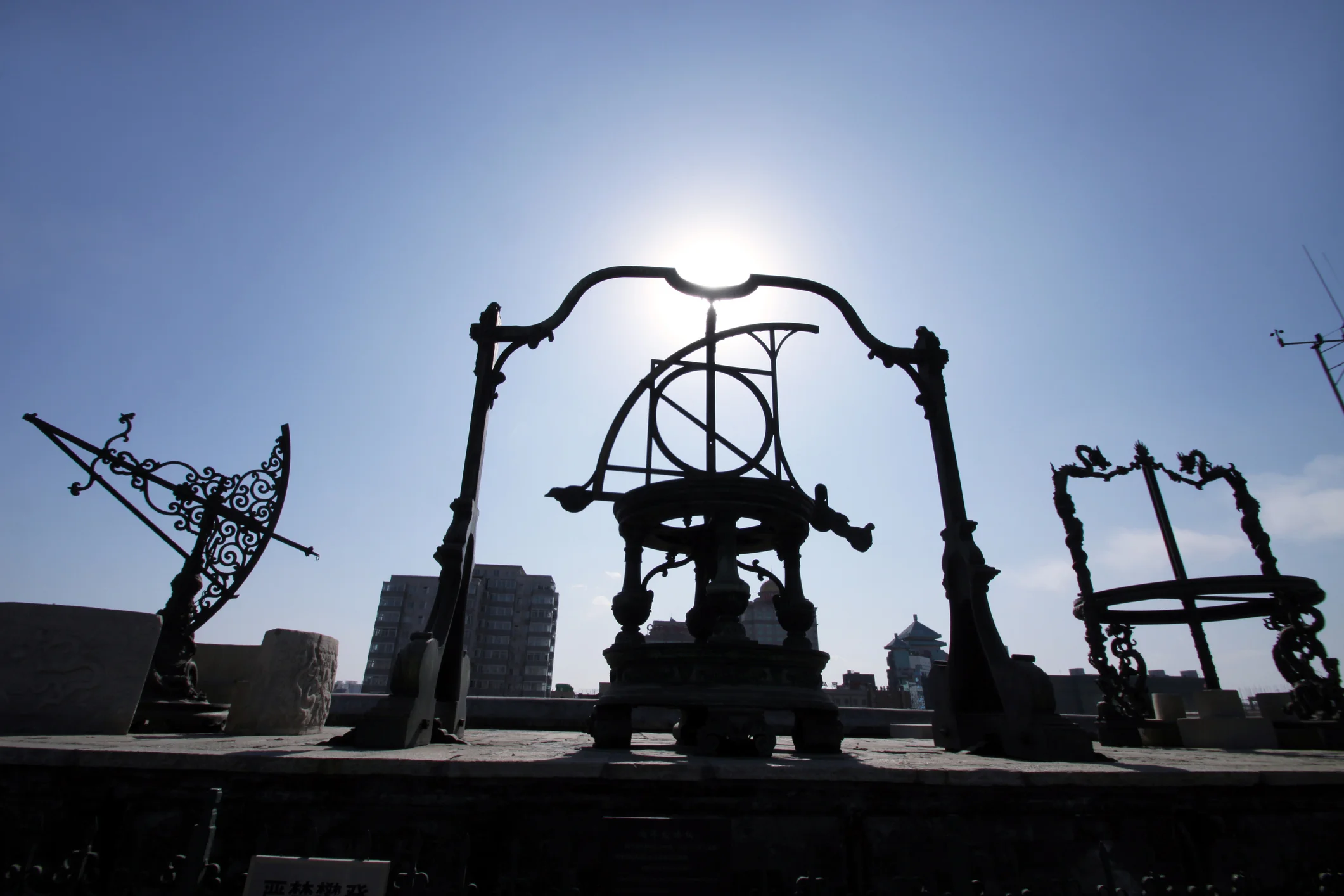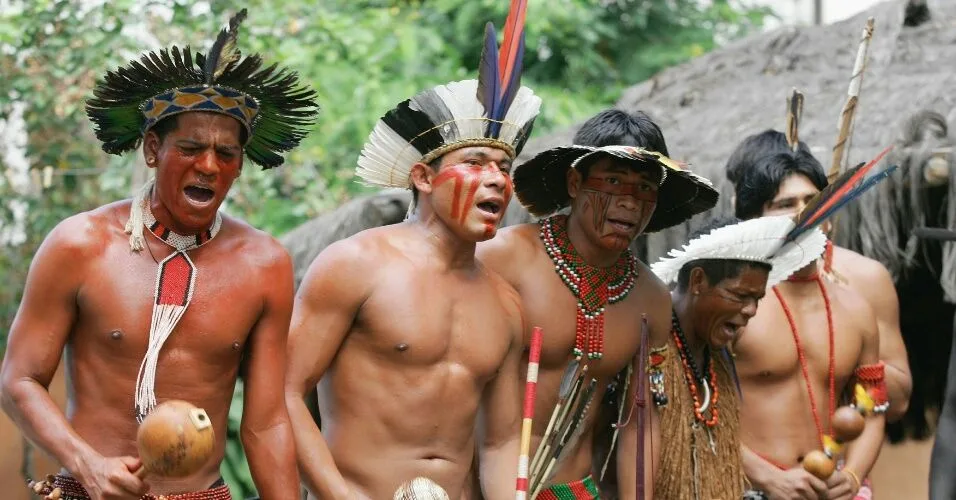For thousands of years, stone circles and ancient monuments have stood as silent sentinels across our planet, guardians of secrets we’re only beginning to understand.
These megalithic structures, from Stonehenge to lesser-known sites scattered across continents, represent humanity’s earliest attempts to connect with the cosmos, mark time, and perhaps communicate knowledge that transcends our modern understanding. Today, archaeologists, astronomers, and researchers are uncovering remarkable insights that challenge our perception of ancient civilizations and their sophisticated grasp of mathematics, astronomy, and spiritual wisdom.
🗿 The Global Network of Stone Monuments
Stone circles and megalithic monuments aren’t isolated phenomena. They appear on virtually every inhabited continent, suggesting a universal human impulse to create these structures. While Stonehenge in England remains the most famous, thousands of similar sites exist worldwide, each with unique characteristics yet sharing common features that hint at shared knowledge or parallel development.
From the stone circles of Avebury to the alignments of Carnac in France, from the Medicine Wheels of North America to the megalithic temples of Malta, these structures represent an incredible investment of human labor and ingenuity. Building them required sophisticated understanding of engineering, logistics, and community organization that challenges our assumptions about “primitive” societies.
Distribution Patterns Across Continents
The distribution of stone monuments reveals fascinating patterns. Europe, particularly the British Isles, boasts the highest concentration, with over 1,000 stone circles in Britain and Ireland alone. However, similar structures appear in unexpected locations: the Senegambian stone circles in West Africa, the Gobekli Tepe complex in Turkey predating Stonehenge by 6,000 years, and the mysterious geoglyphs and stone arrangements throughout South America.
This global distribution raises compelling questions about human migration, cultural exchange, or independent innovation. Did ancient peoples share knowledge across vast distances, or did different societies independently arrive at similar solutions to common needs?
⭐ Astronomical Alignments and Celestial Knowledge
One of the most remarkable discoveries about stone circles involves their precise astronomical alignments. Many monuments align with solar events like solstices and equinoxes, lunar cycles, and even specific star positions. This astronomical precision demonstrates that ancient builders possessed sophisticated understanding of celestial mechanics.
Stonehenge’s famous alignment with the summer solstice sunrise is just the beginning. The Heel Stone frames the sunrise perfectly on the longest day of the year, an alignment that would have required years of careful observation and mathematical calculation. Similarly, Newgrange in Ireland features a roof box that illuminates the inner chamber only during the winter solstice sunrise, for just 17 minutes annually.
The Lunar Connection
Beyond solar alignments, many stone circles track lunar cycles with remarkable accuracy. The moon’s complex 18.6-year cycle, known as the lunar standstill, appears encoded in several megalithic sites. At Callanish in Scotland, the stones frame the southern-most rising position of the moon during this rare event, suggesting ancient astronomers tracked celestial patterns over generations.
This level of astronomical knowledge required sustained observation across decades, implying organized priesthoods or specialist classes dedicated to maintaining and transmitting this wisdom. The monuments themselves served as permanent records, stone computers that encoded astronomical data for future generations.
🔍 Mathematical Precision in Ancient Construction
Modern surveying reveals that stone circles incorporate sophisticated geometric principles. Many sites utilize the “megalithic yard,” a standardized measurement of approximately 2.72 feet, discovered by engineer Alexander Thom in the 1960s. This standardization across different sites separated by hundreds of miles suggests coordinated planning or shared cultural knowledge.
The geometric precision extends beyond simple circles. Many monuments employ complex shapes: flattened circles, egg shapes, and ellipses that require advanced mathematical understanding. Thom identified at least nine different geometric forms used in stone circle construction, each requiring specific knowledge of Pythagorean triangles and geometric ratios.
Sacred Geometry and Landscape Relationships
Stone monuments often incorporate sacred geometric principles that connect them to surrounding landscapes. Ley lines, controversial but intriguing alignments connecting multiple ancient sites, suggest intentional geographical relationships. Whether these alignments are deliberate or coincidental remains debated, but statistical analyses show some correlations exceed random probability.
Many circles also demonstrate relationships with nearby natural features: mountains, rivers, and distinctive landscape formations. This integration suggests the monuments served as mediators between earth and sky, human and cosmos, built environment and natural world.
🎭 Ritual Purposes and Spiritual Significance
Archaeological evidence reveals that stone circles served as ceremonial centers. Excavations uncover cremation deposits, animal bones from feasts, and artifacts suggesting elaborate rituals. These weren’t merely astronomical observatories but living ceremonial spaces where communities gathered for significant events.
The acoustic properties of many stone circles provide additional clues about their use. Studies show that certain circles create unusual sound effects: echoes, resonances, and amplification that would enhance ritual experiences. At sites like Stonehenge, sounds behave differently inside the circle, creating an altered acoustic environment that would have intensified ceremonial atmospheres.
Ancestor Worship and Death Rituals
Many stone monuments connect intimately with death and ancestor veneration. Passage tombs like Newgrange and Maeshowe combine astronomical alignments with burial chambers, suggesting beliefs about the journey of the soul. The winter solstice illumination of burial chambers might represent rebirth symbolism, connecting death with renewal through celestial cycles.
Cremated remains found at numerous sites, often deposited over centuries, indicate these places maintained significance across generations. They were ancestral landscapes where the living connected with the dead, maintaining continuity between past and present through ritual practice.
🌍 Engineering Marvels: How Were They Built?
The construction of stone monuments represents extraordinary engineering achievements. At Stonehenge, the largest sarsen stones weigh up to 25 tons and were transported approximately 20 miles. The smaller bluestones traveled nearly 200 miles from Wales, requiring sophisticated logistics and organization.
Experimental archaeology has demonstrated possible construction methods using period-appropriate technology. Teams have successfully moved large stones using wooden sledges, rollers, and human power. However, questions remain about organizing the massive workforce required and sustaining such projects over generations.
Quarrying and Stone Selection
Ancient builders carefully selected stones for specific properties. Bluestones at Stonehenge possess unique acoustic qualities, ringing when struck. This suggests builders valued certain stones for properties beyond mere size or availability. The effort invested in transporting specific stones over vast distances indicates their ceremonial or symbolic importance justified enormous labor investment.
Quarrying techniques show remarkable sophistication. Builders used fire and water to split rocks along natural fracture lines, shaped stones with remarkable precision using only stone tools, and transported monoliths weighing dozens of tons across challenging terrain.
💡 Modern Technology Reveals Hidden Secrets
Contemporary archaeological techniques continue uncovering new information about stone monuments. Ground-penetrating radar, LiDAR scanning, and magnetometry reveal hidden features without excavation. These technologies have discovered previously unknown structures, transforming our understanding of monument complexes.
At Stonehenge, recent surveys revealed a massive circle of deep shafts surrounding Durrington Walls, creating a boundary over 1.2 miles in diameter. This discovery demonstrates that many monuments were components of much larger ritual landscapes, with extensive features invisible on the surface.
Archaeoacoustics: The Sound of Ancient Rituals
Emerging archaeoacoustic research explores how ancient peoples experienced sound within monuments. Studies reveal that many stone circles and passage tombs possess unusual acoustic properties that affect human consciousness. Certain sound frequencies, particularly infrasound below normal hearing range, can induce altered states, suggesting possible ritual uses.
Experiments demonstrate that drumming, chanting, and music within these spaces create powerful resonances. This acoustic dimension adds another layer to our understanding of how these monuments functioned as transformative ceremonial spaces.
🔮 Preserving and Interpreting Ancient Wisdom
As we decode the secrets of stone monuments, questions arise about preservation and interpretation. Many sites face threats from tourism, weathering, and development. Balancing public access with conservation presents ongoing challenges for site managers worldwide.
Interpretation also poses difficulties. How do we understand monuments built by cultures that left no written records? Archaeological evidence provides glimpses, but much remains speculative. We must acknowledge the limits of our knowledge while remaining open to new discoveries that might revolutionize current understanding.
Indigenous Knowledge and Collaborative Research
Increasingly, archaeologists recognize the value of indigenous knowledge and oral traditions in interpreting ancient sites. Descendant communities often maintain traditions connecting them to monuments, offering insights unavailable through material evidence alone. Collaborative research that respects these perspectives enriches understanding while avoiding cultural appropriation.
Traditional astronomical knowledge from indigenous peoples worldwide demonstrates continuities with ancient practices. These living traditions provide windows into how our ancestors understood their relationship with the cosmos and structured their ceremonial lives around celestial cycles.
🌟 Lessons for Contemporary Society
Stone monuments offer profound lessons for modern civilization. They demonstrate that ancient peoples possessed sophisticated knowledge systems worthy of respect rather than condescension. Their astronomical achievements show that scientific observation predates modern science by millennia, embedded within different cultural frameworks.
The monuments also embody different relationships with time, community, and environment. Projects spanning generations required societies to think beyond individual lifetimes, planning for descendants who would complete and use these structures. This long-term perspective contrasts sharply with contemporary short-term thinking.
Reconnecting with Cyclical Time
Stone circles mark cyclical rather than linear time, celebrating recurring celestial events that connect humans with cosmic rhythms. This cyclical worldview, common among indigenous cultures, offers alternatives to modern linear progress narratives. Reconnecting with natural cycles might provide psychological and ecological benefits in an age of environmental crisis.
The monuments remind us that humans have always sought meaning in the cosmos, creating structures that connect earthly existence with celestial patterns. This ancient impulse continues in modern astronomy and space exploration, though expressed through different technologies and cultural forms.
🗺️ Visiting Stone Monuments Responsibly
For those inspired to experience these ancient sites personally, responsible tourism ensures preservation for future generations. Many monuments restrict access to protect fragile structures from erosion and damage. Respecting these restrictions, staying on designated paths, and avoiding touching stones helps maintain these irreplaceable cultural treasures.
The best times to visit often coincide with solstices and equinoxes, when astronomical alignments become visible. However, these periods also attract largest crowds. Visiting during off-peak times offers more contemplative experiences while reducing pressure on popular sites.
Beyond the Famous Sites
While Stonehenge and similar famous monuments deserve their reputation, thousands of lesser-known sites offer equally powerful experiences with fewer crowds. Local stone circles often permit closer access and provide opportunities to appreciate these structures in quieter, more intimate settings.
Regional archaeological societies and visitor centers offer resources for discovering nearby monuments. Many countries maintain databases of archaeological sites, helping interested visitors find circles and megalithic structures off typical tourist routes.
🌌 The Ongoing Mystery and Wonder
Despite decades of research utilizing cutting-edge technology, stone monuments retain their mysteries. We may never fully understand the worldviews of their builders or recover the complete significance these places held for ancient communities. This enduring mystery forms part of their fascination, inviting each generation to engage with these structures and propose new interpretations.
What we do know reveals remarkable human ingenuity, sophisticated astronomical knowledge, and profound connections between ancient peoples and their cosmic context. These monuments stand as testaments to human creativity, persistence, and our eternal quest to find meaning in the universe.
The secrets encoded in stone circles continue emerging as research progresses. Each discovery adds pieces to an incomplete puzzle, gradually illuminating the wisdom of cultures separated from us by millennia yet connected through shared human experiences. These ancient structures bridge past and present, reminding us that beneath surface differences, fundamental human concerns—understanding our place in the cosmos, honoring ancestors, marking time, and creating meaning—remain constant across ages.
As we unlock ancient wisdom preserved in stone, we simultaneously rediscover aspects of ourselves, recognizing that the impulse to build, observe, celebrate, and seek connection with something greater than individual existence defines humanity across time. The monuments invite us not just to study the past but to reflect on present choices and future possibilities, carrying forward the long-term thinking and cosmic perspective that enabled ancient peoples to create structures enduring thousands of years.
Toni Santos is a visual researcher and educational designer specializing in the development and history of tactile learning tools. Through a hands-on and sensory-focused lens, Toni investigates how physical objects and textures can enhance understanding, memory, and creativity while exploring the intersections of ancient temporal systems, ritualized time practices, and cultural perceptions of chronology. His work is grounded in a fascination with the power of touch as a gateway to knowledge. From embossed maps and textured alphabets to handcrafted manipulatives and sensory kits, Toni uncovers the subtle ways tactile tools shape cognitive development and learning experiences, while engaging with ancestral calendars and forgotten systems, chrono-rituals and time portals, cultural time perception and myth, and devices and tools of time. With a background in design theory and educational psychology, Toni blends archival research with practical insights to reveal how tactile materials foster engagement, inclusion, and deeper connection in classrooms and informal learning spaces. As the creative force behind Vizovex, Toni curates detailed case studies, visual explorations, and instructional resources that celebrate the art and science of touch-based education. His work is a tribute to: The transformative role of tactile tools in learning The intersection of sensory experience, cognition, and temporal wisdom The craft and innovation behind educational objects and time devices Whether you’re an educator, designer, or lifelong learner, Toni invites you to explore the rich textures of knowledge—one touch, one tool, one discovery at a time.




